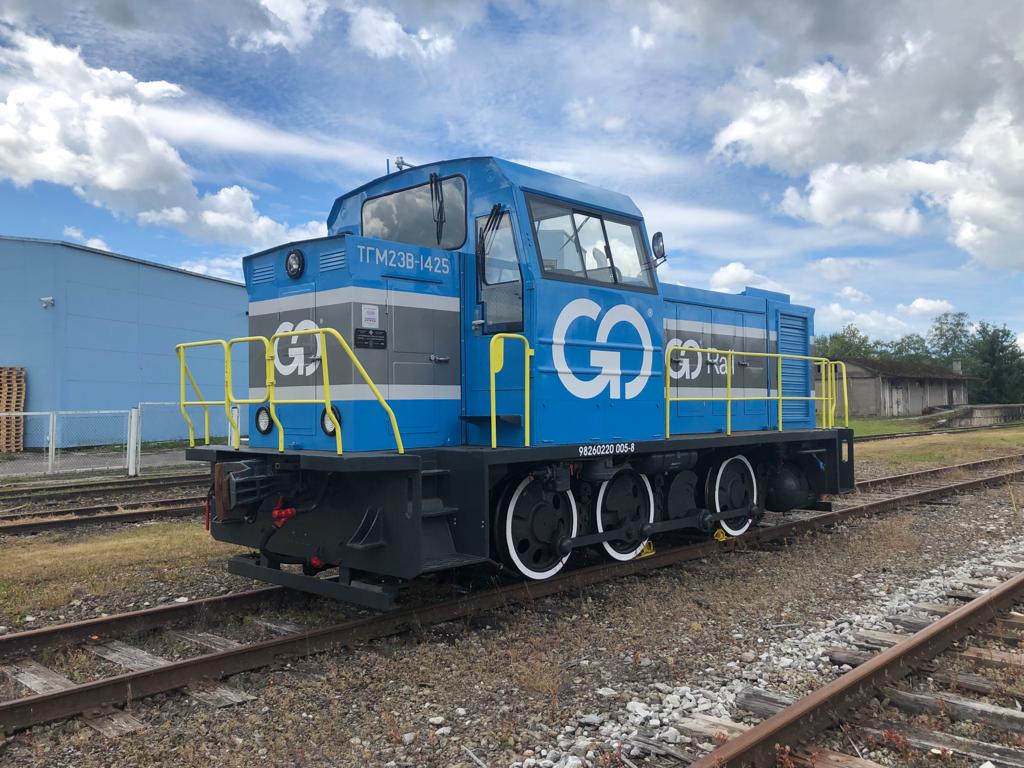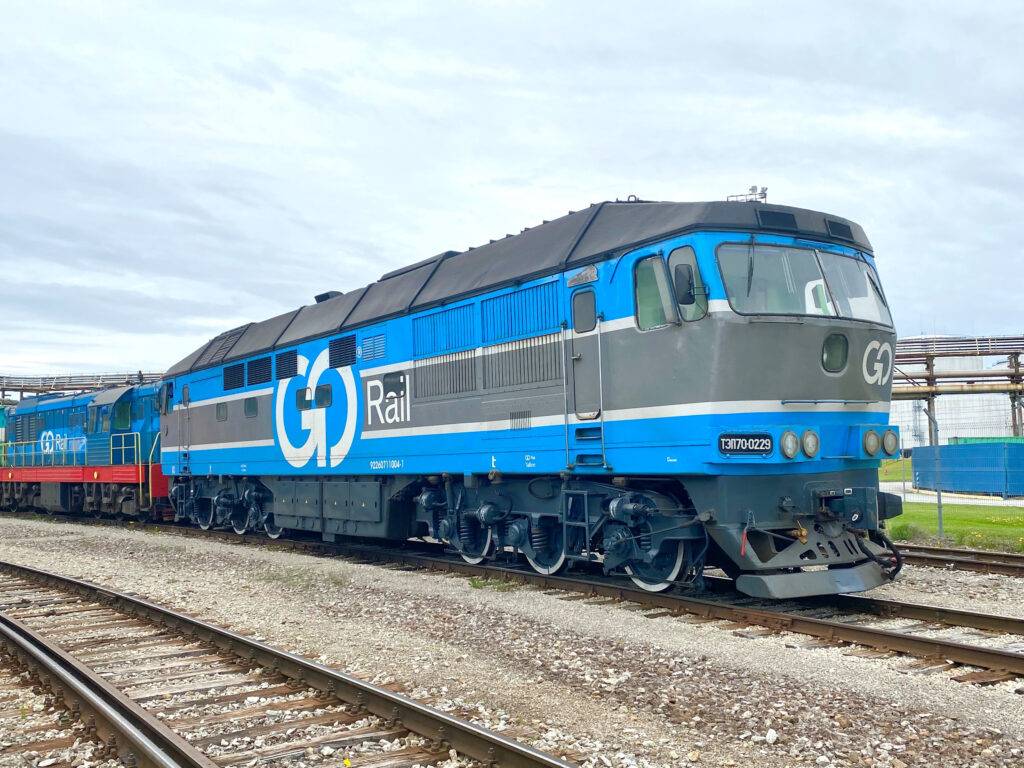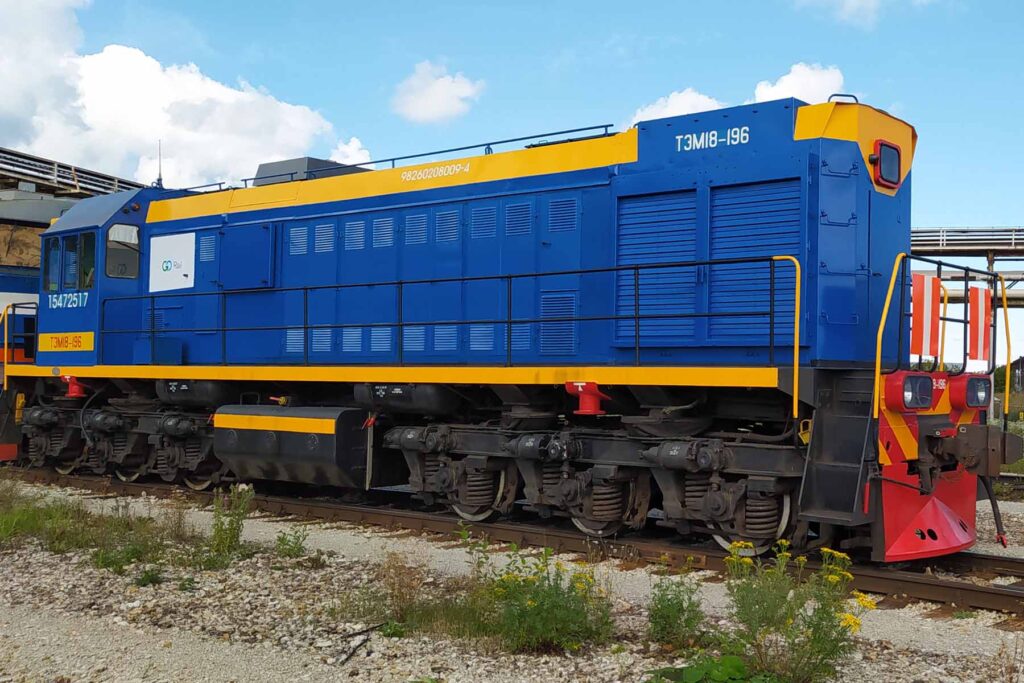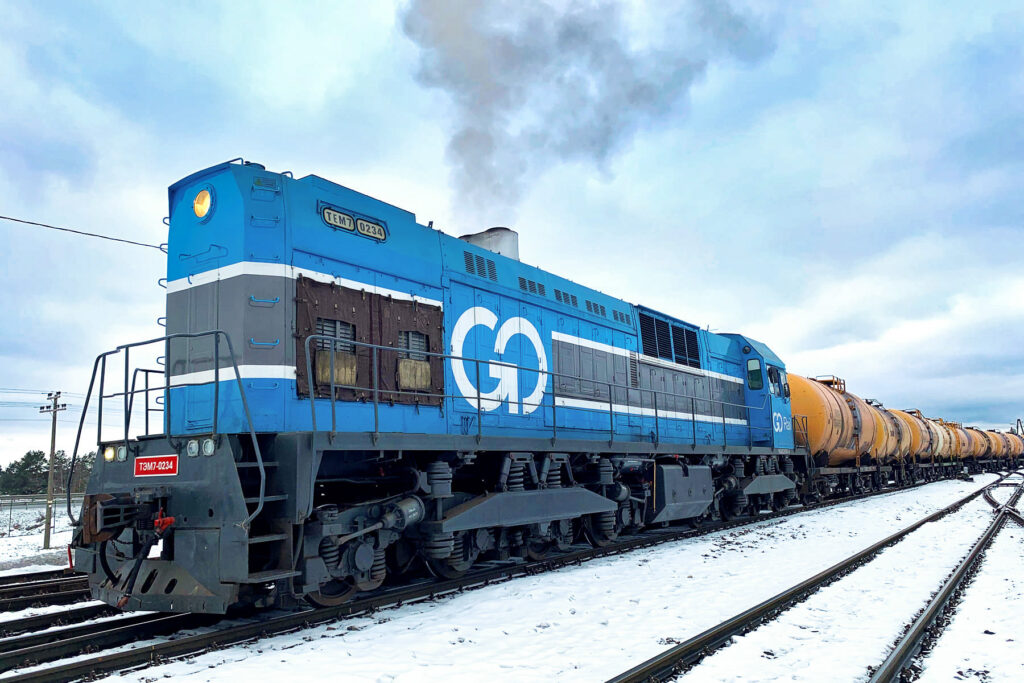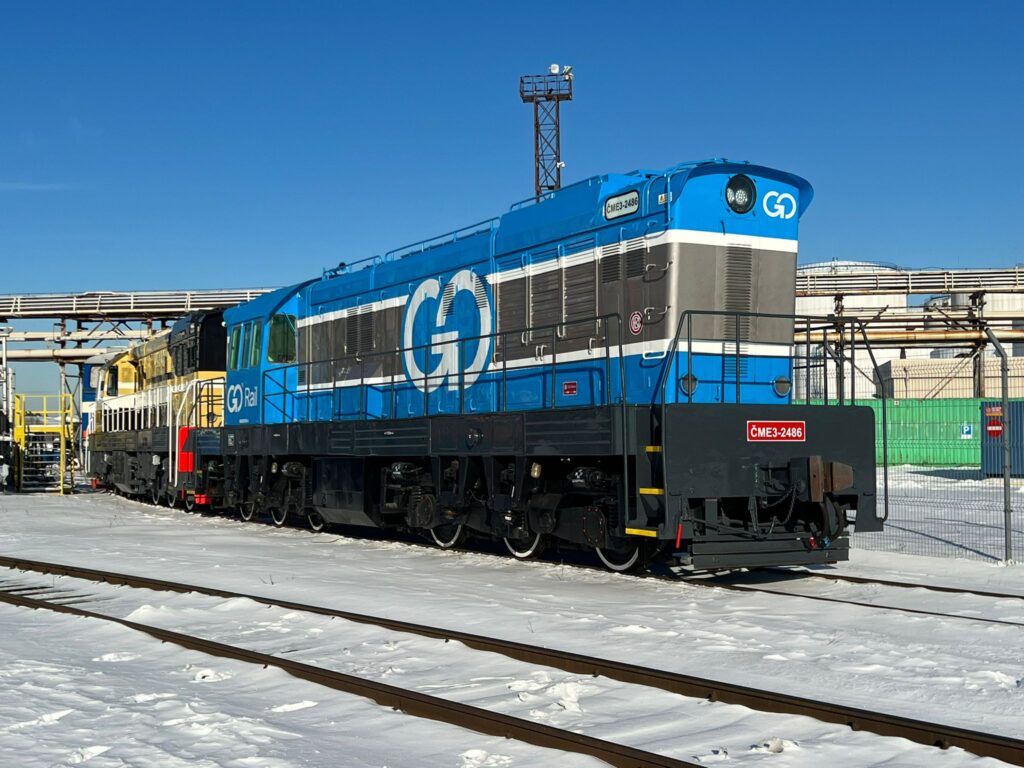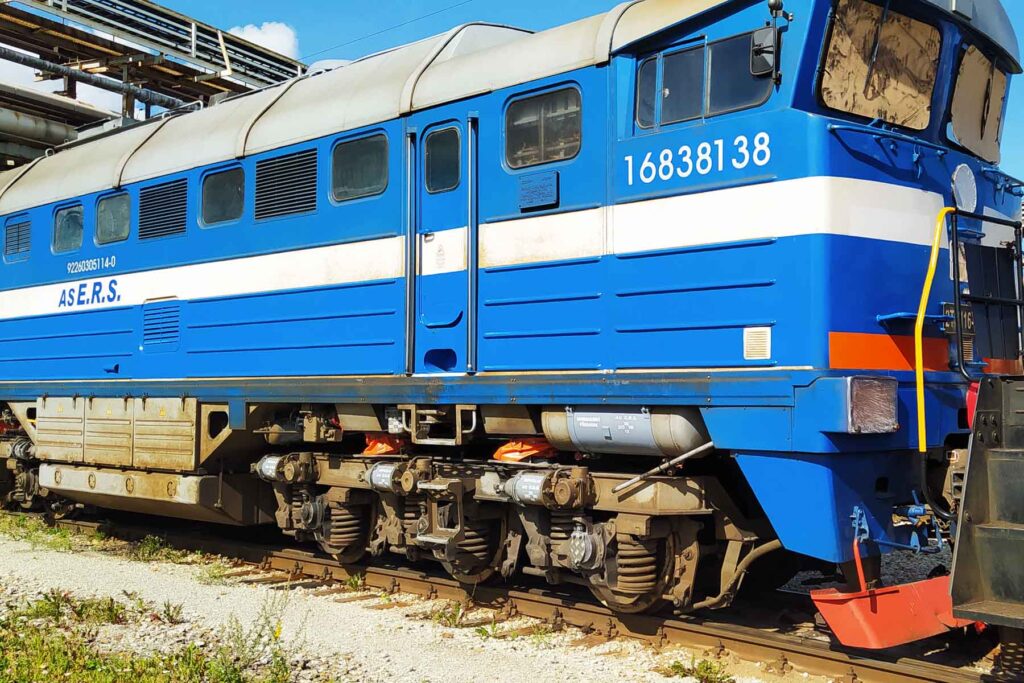
FREIGHT CARRIAGE
Go Rail’s principal activity is freight carriage by rail. We also perform shunting in stations, terminals and industrial sidings. We have a large fleet of rolling stock to provide services, including wagons and all of the most common types of locomotives.
RAIL FREIGHT CARRIAGE
One of our main activities is the transport of goods on Estonian railways. Our train crews have the authority to operate throughout the local rail network. Our transport specialists for different categories of goods have undergone the necessary competence training and have considerable experience in the transport of containers, goods with non-standard dimensions and hazardous goods. We work closely with logistics and forwarding companies to organise transport.
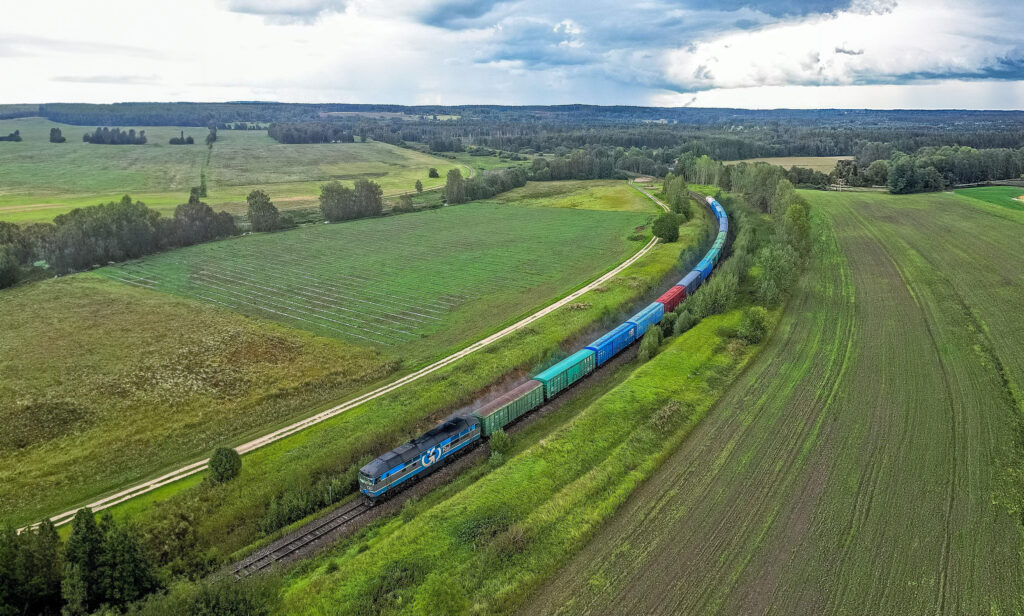
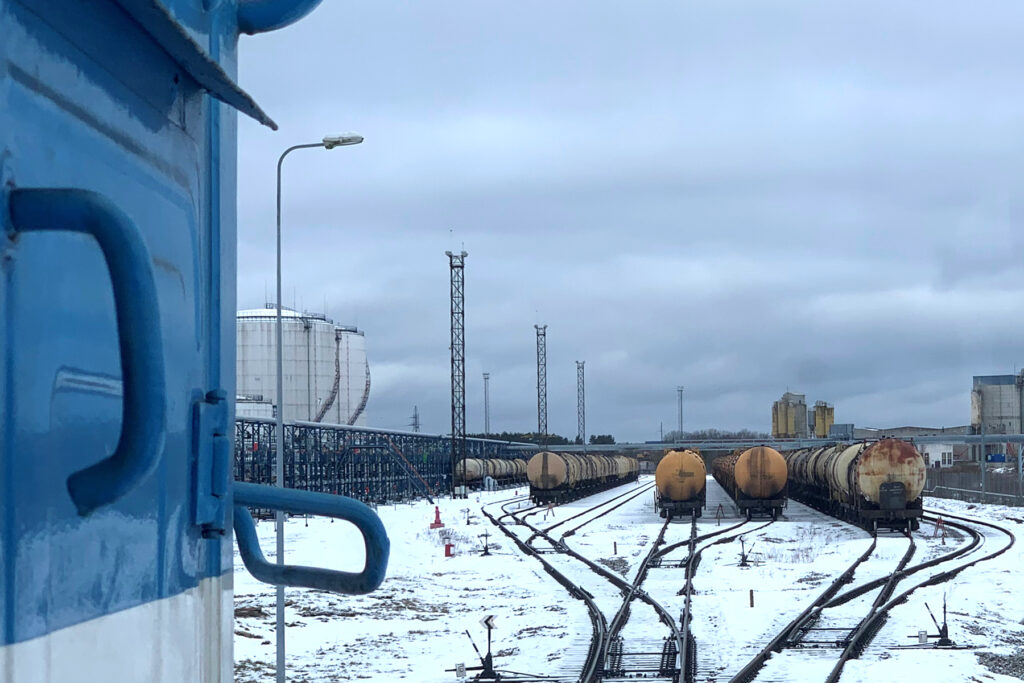
SHUNTING
We offer shunting services and wagon preparation and retrieval services in stations, terminals and industrial sidings. Thanks to a versatile rolling stock fleet, we are able to offer service solutions for both large and small groups of wagons.
ROLLING STOCK
Our rolling stock fleet is one of the largest in Estonia and features several types of shunting and freight locomotives. With the 2TE116, and TEP70 main line locomotives, we can serve larger trains. With the TEM7, TEM18, CME-3 and TGM-23B shunting locomotives, we serve work trains and carry out shunting in stations and terminals.
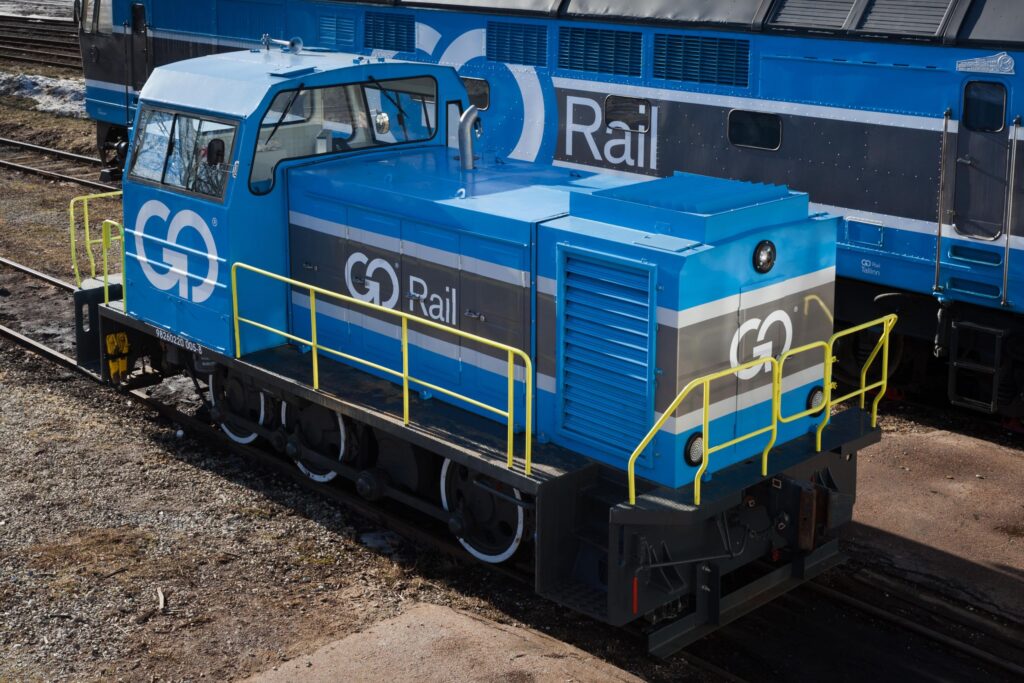
OUR LOCOMOTIVES
